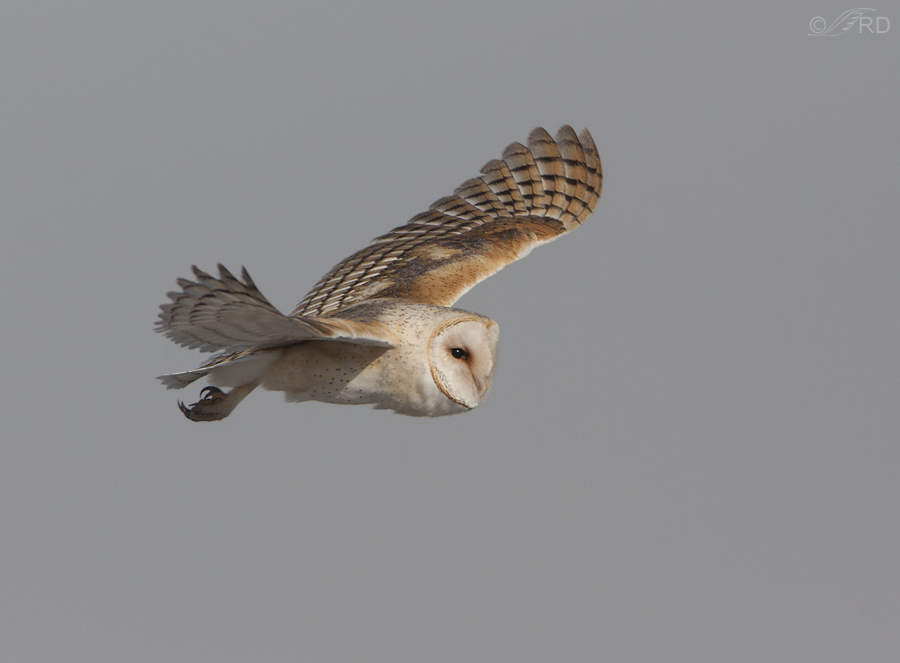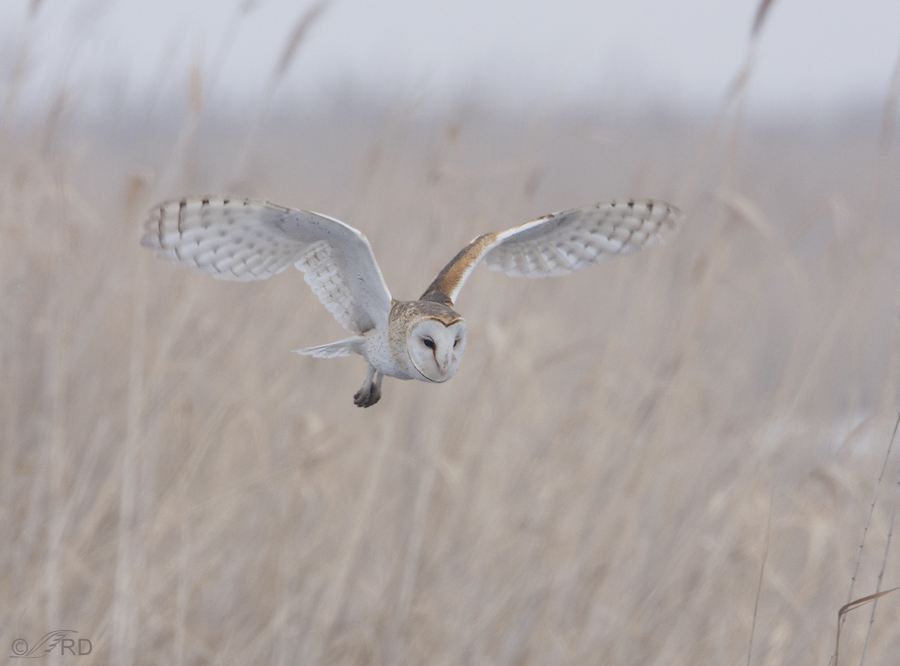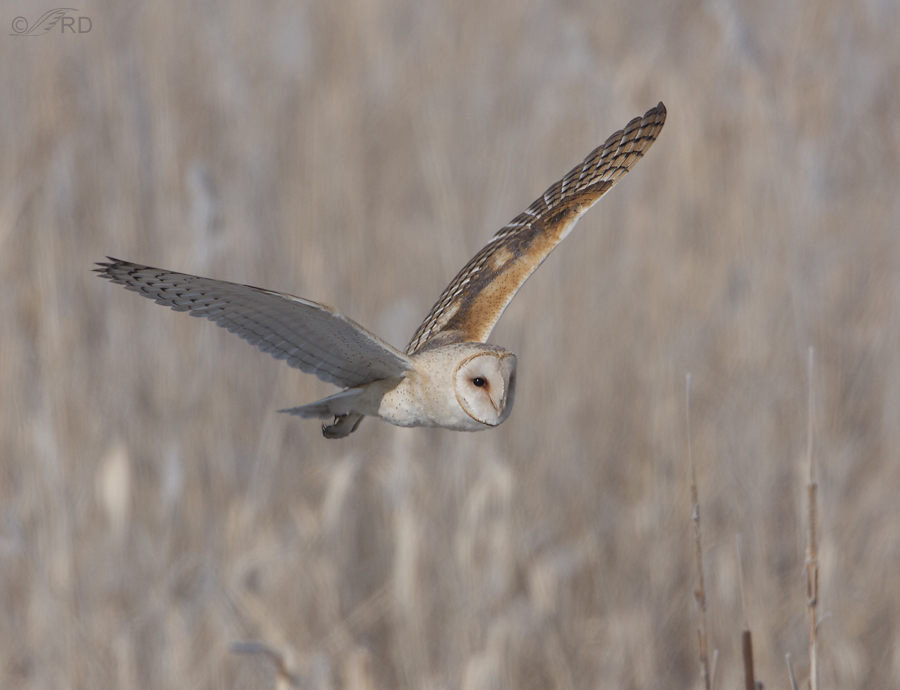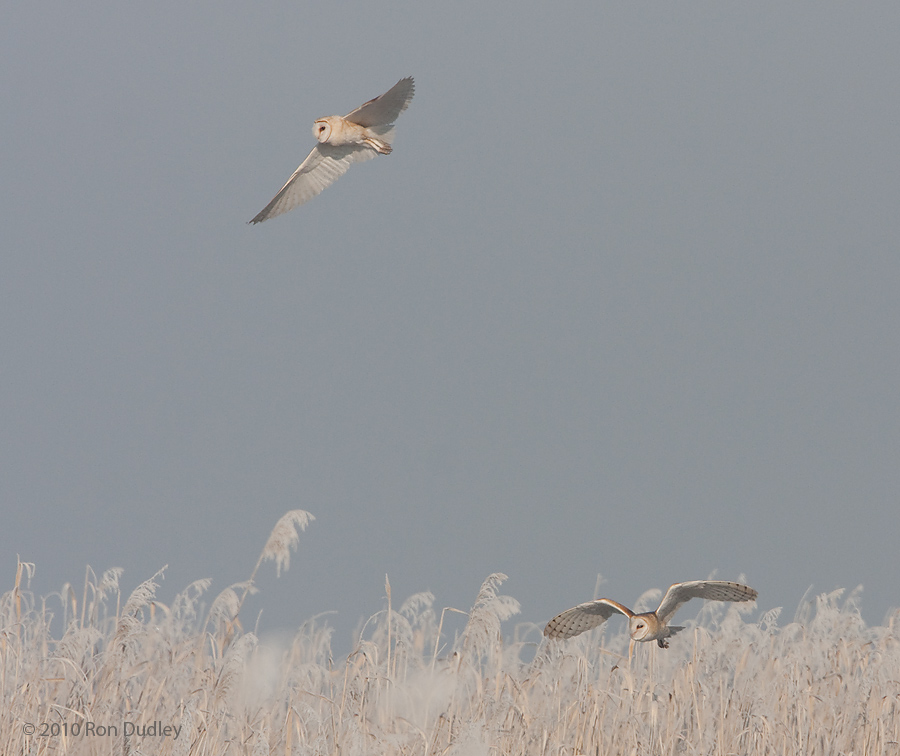Talk about coincidence!
Last night, as I was working up some images of Barn Owls for a blog post on the species, I received the following UBIRD email (used here by permission) from my good friend, enthusiastic birder and budding bird photographer, Shyloh Robinson. Shyloh lives very close to Farmington Bay Waterfowl Management Area (FBWMA) and this time of year he’s almost always at the refuge in the evenings looking for birds – particularly owls.
“:( when a grown man uses an emoticon, you KNOW he’s serious!
Each night this week, I’ve visited my home at FBWMA to look at the owls.
I went a bit early tonight to make sure I saw some hawks too. They were posted up in the usual spots. I drove straight to the 4way to wait for any short-eared. (That’s the good spot for them.) Sadly, I saw no owls… Until I left and was on Glovers Lane. Another Barn Owl was dead in the road, and being collected. I got a lump in my throat.
I’m quickly learning why moving vehicles are a Barn Owl’s worst enemy. These alba’s have meant a lot to me lately and I’m saddened to see them ghosted. Now what?
Shyloh”
Knowing Shyloh as well as I do, I knew he was devastated. He simply adores “his” owls – an emotion that I share because I’ve spent many, many hours at FBWMA looking for, and photographing, those Barn Owls. They are a special species, in so many ways.
Shyloh’s UBIRD post inspired me to change the focus of my Barn Owl blog post to the devastating effects of vehicular traffic on their populations (more on that subject after the photos). But first I thought I’d present a few images of them as a reminder of what a unique and beautiful species they are. Normally, Barn Owls are strictly nocturnal (which is why Shyloh is often at the refuge until just after dark) but during very cold winters they’ll occasionally hunt during daytime.
Each of these images was taken at the Farmington “4-way”, mentioned by Shyloh.

1/2000, f/8, ISO 400, 500 f/4, 1.4 tc natural light, not baited, set up or called in
Occasionally, they’ll hunt long enough in the morning to get good light on the bird.

1/1250, f/8, ISO 400, 500 f/4, 1.4 tc natural light, not baited, set up or called in
But more often than not, you’re struggling for light. This is one of the few images I have of a Barn Owl in flight, with prey (a vole, tucked behind the talons).

1/2000, f/8, ISO 400, 500 f/4, 1.4 tc natural light, not baited, set up or called in
Their distinctly heart-shaped facial disk (ruff) and relatively small, deeply set dark eyes are quite evident here.

1/2000, f/8, ISO 400, 500 f/4, 1.4 tc natural light, not baited, set up or called in
My general preference is to have habitat showing in the image. Here, the owl is hunting a frosty stand of Phragmites.

1/2000, f/8, ISO 400, 500 f/4, 1.4 tc natural light, not baited, set up or called in
Rarely, there will be more than one owl hunting the same area simultaneously. I was pleasantly surprised to be able to get both birds in the frame, and sharp, using the 500mm + tc (I’ve posted this image once before).
Collisions with vehicles have a significant effect on populations of Barn Owls, which is likely due to a variety of factors – they have adapted very well to human habitation so they often hunt at night near roads, they’re not considered to be highly maneuverable flyers so they have difficulty avoiding cars and then throw into the mix the blinding effects of headlights in darkness and you have a disaster waiting to happen. And it does, all to often.
A few relevant factlets regarding collisions between Barn Owls and vehicles, quoted verbatim from Birds of North America Online, out of Cornell University (a pay site, but well worth their $40 annual fee):
- Collisions with automobiles are a major cause of mortality
- The proportion of British Barn Owl mortality attributed to road kill increased from 6% in 1910-1954 to 50% in 1991-1996; major roads caused the complete extinction of breeding Barn Owls within 0.5-2.5 km of such roads and some depletion within 2.5-8 km. Only at distances >25 km from the road did Barn Owl populations not feel the impact of vehicular mortality (Ramsden 2003).
- In Spain, mortality from car collisions increased significantly as the Spanish road network expanded in the 1990s (Fajardo 2001).
- In a 5-year period on a 150-km stretch of highway in France, 148 road-killed Barn Owls were found; most mortality occurred along embanked stretches of highway that crossed open fields and lacked hedges on either side (Massemin and Zorn 1998)
- Another study in France found that Barn Owls were 42% of the 1,598 birds killed by vehicular collisions (Baudvin 1997).
- In The Netherlands and Hawaii, the major cause of Barn Owl mortality was collision with cars (Work 1996, de Jong 1998).
Sobering stuff…
What could be done to reduce these owl/vehicle collisions? BNA concludes with the following:
- Mortality on roadways is often a major factor in Barn Owl populations. Planting continuous hedgerows or closely spaced trees along roads, especially roads that are level with or raised above the surrounding terrain, can help reduce mortality from vehicular collisions. Eliminating vegetation that supports dense small mammal populations near roads will also help (Ramsden 2003).
One morning during the same winter I took these Barn Owl images, I found a road-killed Barn Owl on Glover’s Lane on my way to the 4-way to try to photograph the live version of the species. That experience took the wind out of my sails.
I share Shyloh’s angst…
Ron


I missed this post earlier, but these images are so striking. We had a “ghost” family that lived in a palm tree outside of our apartment in Davis, Cal. Watching them fly out of the tree at night was quite an unforgettable sight, and so quiet. It is a horrid reality that so much of our wildlife is hit by cars, and I wish that it were not so.
I also wish it weren’t so, Tana. Very much.
Ron, thank you for a really informative post. My awareness has been raised. Fantastic images!
Thanks very much, Wally.
Seeing the two barn owls in one frame feels so magical. I am in awe.
Thanks Tin. I thought it was fun getting two owls in the same shot too, especially since they were both sharp.
ARGH! Barn owls are a family favorite! I have seen numerous bunches of feathers on the roads, however I’ve never been able to identify them… This makes me furious! These wonderful creatures are under attack by so many different things – pollution, people, vehicles, destruction of habitat. I will inquire with the Napa Solano Audubon Society about this subject.
Nicole, I guess adapting to living so close to humans is a two-edged sword for these owls – they clearly gain some advantages from it but there’s a price to pay. A dear one. I wish it weren’t so…
Great images Ron!
Thanks for a lovely post about about a sad situation for a species I hold dear.
And thank YOU Shyloh, for the major role you played in publicising the plight of the Barn Owls.
As a raptor rehabilitation facility, about 60% of our patients are owls and about 50% of those are from vehicular collisions. It would be higher if we just counted adult birds or birds able to fly – we get a lot of orphans. But I like the BNA idea, a hedgerow or line of trees to keep the birds higher as they cross the road could help.
Wow, Louise – those statistics are staggering, especially when you consider that they include orphans. I was aware that vehicular collisions caused a lot of owl deaths but I had no idea how many. And in the case of Barn Owls, it’s pretty much a world-wide problem.
I share everyone’s angst. In fact I would go further and say grief. I always enjoy photos of owls, but these just increased the lump in my throat that I knew (seeing the title) I would experience. Despite these feelings this is a powerful and valuable post. Thank you.
Elephant’s Child, Actually, it’s even worse than I thought. I just received an email from Shyloh and this owl was the third dead one for him in a week. He’s pretty shook up about it, understandably so…
Lovely and poignant and with beautiful photos as usual. Thanks!
Thank you, Susan. I appreciate the feedback.
How heartbreaking. My sister and I have watched barn owls along the Sacramento River Delta just before dawn. They sweep across the river from one side to the other–patrolling the fields on both sides (we call them the dawn patrol). I can easily see how they could be in a position to be hit by cars–flying so low as they hunt.
Is it possible to work with researchers and administrators at the FBWMA to get trees planted along the highway at the places where these accidents happen most frequently (as you noted was the recommendation of BNA)? I’d be happy to make a donation to them if they start a fund for that purpose. I know a number of others that would donate for that cause.
I’ll follow up with an email to FBWMA. Thank you for making us aware of this sad, sad situation. Out on the delta, the levee roads where we bird watch are off the beaten path and have little auto traffic. Sometimes we are out for a couple of hours before we see another vehicle. We’ve never seen signs of a bird hit by a car there.
Sharon, Glover’s Lane isn’t actually on the refuge and doesn’t belong to them. It’s a street (owned by Farmington City) that leads into the refuge and it is already lined with quite a few trees so I’m not sure why there’s so many Barn Owls killed there. I suspect it might be because it’s a relatively rural area with quite a few older buildings that the owls roost in during the day, so they get hit on their way to and from those buildings. I’ve never heard of a Barn Owl being killed on the refuge roads – they’re dirt and very rough so most folks take them pretty slowly, and rarely at night. But thanks for the thought…